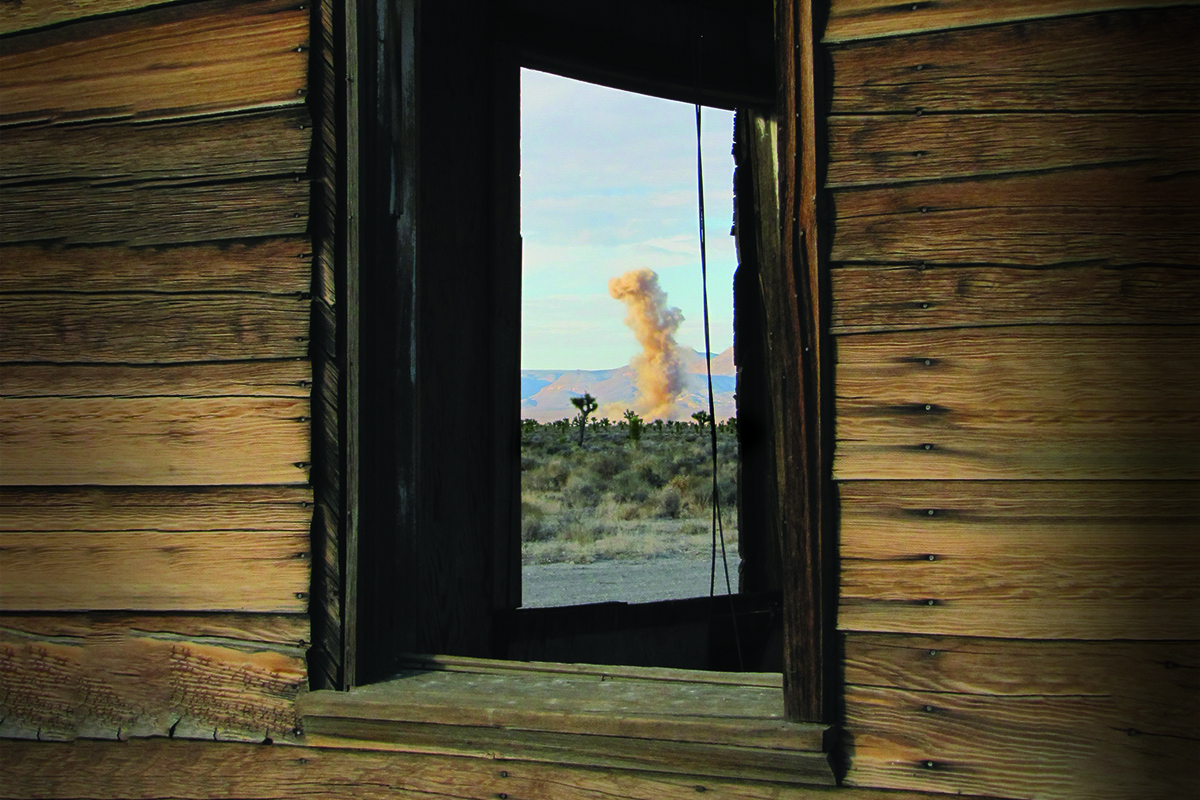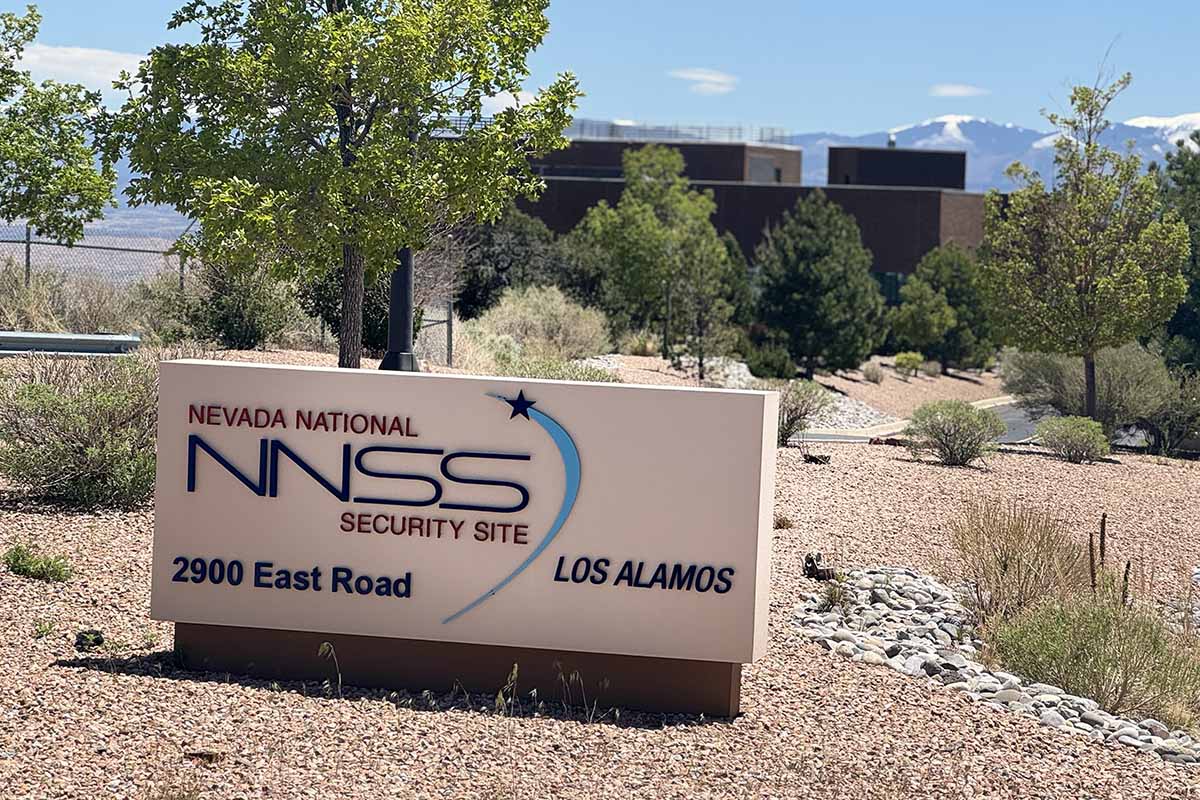Sphere of influence
Los Alamos National Laboratory’s first new confinement vessel in 20 years is ready to shape the future of national security.
- Jill Gibson, Communications specialist
![Vessel Delivery J 2 Lanl 20250811 Sj 4125[1]](https://cdn.lanl.gov/577ce49c-35da-4b1e-b92a-156348727086.jpg)
For the first time in two decades, Los Alamos National Laboratory has a new confinement vessel. The vessel, which measures 6 feet in diameter and weighs approximately 14,000 pounds, was fabricated by vendor Westinghouse Government Services (WGS) and arrived at the Lab July 1, 2025.
Confinement vessels are spherical steel containers that scientists use to hold (or confine) exploding material during hydrodynamic and subcritical experiments. Although this new vessel won’t be used for conducting experiments, it will be used for many practice and preparation tasks.
“This piece of equipment successfully demonstrates WGS’s ability to fabricate vessels that meet our qualification requirements and represents the last step before the first production unit vessel (which will be used in experiments) arrives in 2026,” says Brandy Royer, who leads the Dynamic Structure Design, Engineering, and Vessel Operations group.
“This is a big deal,” says Mark Crawford, division leader for Integrated Weapons Experiments. “It marks a major milestone in supporting experiments at the Dual-Axis Radiographic Hydrodynamic Test (DARHT) facility and the Principal Underground Laboratory for Subcritical Experimentation (PULSE) at the Nevada National Security Sites.” Crawford notes that Los Alamos serves as the design agency for all confinement vessels used in the nuclear enterprise.

Los Alamos scientists first came up with the idea of conducting nuclear and nonnuclear explosives tests inside steel containers during the Manhattan Project. Years later, the Lab began using the same approach for experiments at DARHT and PULSE. The spherical steel containers keep radioactive materials and flying fragments safely inside while portholes allow scientists to insert multiple diagnostic probes to gather data. “This new vessel design will allow us to leverage higher-fidelity diagnostics and will allow us to forge new capabilities,” says subcritical vessel team lead Jason Cardon.
At DARHT, where two linear-induction accelerators produce high-powered x-ray images of materials that implode at more than 2.5 miles per second, experiments do not contain special nuclear material (highly enriched uranium or weapons-grade plutonium), so the vessels can be cleaned and reused. Since the Lab’s last procurement of vessels in 2004, the same seven vessels have been reused for DARHT experiments. Scientists have used each vessel for 14 or 15 experiments, Royer says.
Meanwhile, the vessels for subcritical experiments can only be used once. After each test, the used vessels are sealed off, or entombed, in underground chambers.
In 2019, as the nuclear enterprise began increasing the pace of experiments and started building the ZEUS and Scorpius test beds for subcritical experiments, the need for new vessels became evident. But finding contractors who could manufacture the containers was no easy task.
“We faced a certain amount of atrophy in the manufacturing industry and had to find a way to collaborate to grow,” Royer says. “Our engineering team had an amazing way of finding paths to move forward during the challenges we faced,” she adds.
Every aspect of the vessel, from the complex design, to the materials used and the welds holding it together, had to meet stringent specifications. The matte gray container is made of 2.5-inch-thick high-strength low-alloy steel, which has higher strength and toughness but lower weight than carbon steel. “I have a 2,500-page document stating this vessel meets our requirements,” says program manager Stephen Ney, who celebrated the vessel’s arrival by signing it.
Across the top of the vessel, Ney’s scrawl reads, “We’re glad you’re here.” ★








